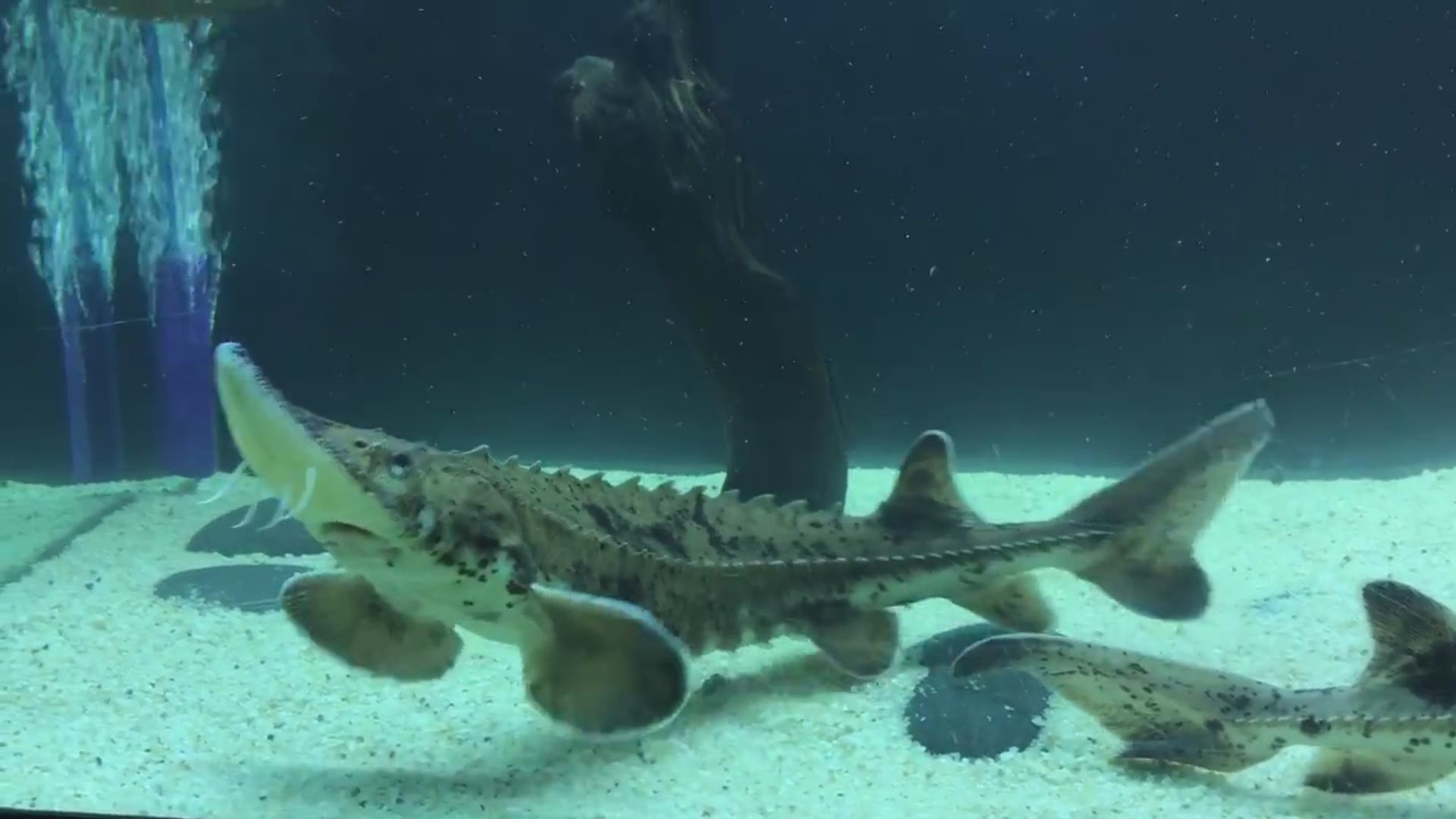An environmental group is petitioning the federal government to declare lake sturgeon — a giant, ancient Great Lakes fish — an endangered species.
The Center for Biological Diversity is seeking protection for lake sturgeon under the Endangered Species Act by designating them as "threatened."
Lake sturgeon are Michigan's oldest fish species dating to the age of dinosaurs. They can grow to be 7 feet long and weigh 200 pounds. Overfishing, dam construction and water pollution have driven many lake sturgeon populations toward the brink of extinction. Sturgeon can live 150 years.
More stories:
“These behemoth fish are a bellwether for the health of the Great Lakes and the Mississippi River,” said Marc Fink, the center’s public lands legal director. “The loss of our lake sturgeon has been much like the slaughter of the buffalo. We can barely imagine how abundant these great fish once were. To guarantee their long-term survival, we need to give real protection to them and their habitats.”
This fish was caught and tagged during the DNR’s annual lake sturgeon survey on the St. Clair River. Tagging allows wildlife biologists to monitor sturgeon movements. (Photo: Michigan Department of Natural Resources)
It is a threatened species in Michigan, and taking or possessing a sturgeon in violation of state law is punishable by 30 to 180 days in jail, a $500 to $2,000 fine, or both, according to the Department of Natural Resources. Individuals can be responsible for reimbursement of prosecution fees and can also lose fishing privileges for three years and face a fine of $1,500 per fish.
Around half of the state’s sturgeon population resides in the Detroit/St. Clair River system.
Lake sturgeon harvest is limited to one per year per angler, and only on certain waters. Any sturgeons captured in the Detroit River must be immediately released, but on Lake St. Clair and the St. Clair River in Michigan, anglers may harvest one between July 16 and Sept. 30 with a slot size limit of 42 inches to 50 inches (inclusive).
Lake sturgeon are bottom-feeders who are members of a family of fish that has existed since the Upper Cretaceous period 136 million years ago. (Photo: Michigan Department of Natural Resources)
While populations have declined dramatically, the range of the lake sturgeon covers 23 states: Alabama, Arkansas, Georgia, Illinois, Indiana, Iowa, Kansas, Kentucky, Michigan, Missouri, Minnesota, Mississippi, Nebraska, New York, North Carolina, North Dakota, Ohio, Pennsylvania, South Dakota, Tennessee, Vermont, West Virginia and Wisconsin.

